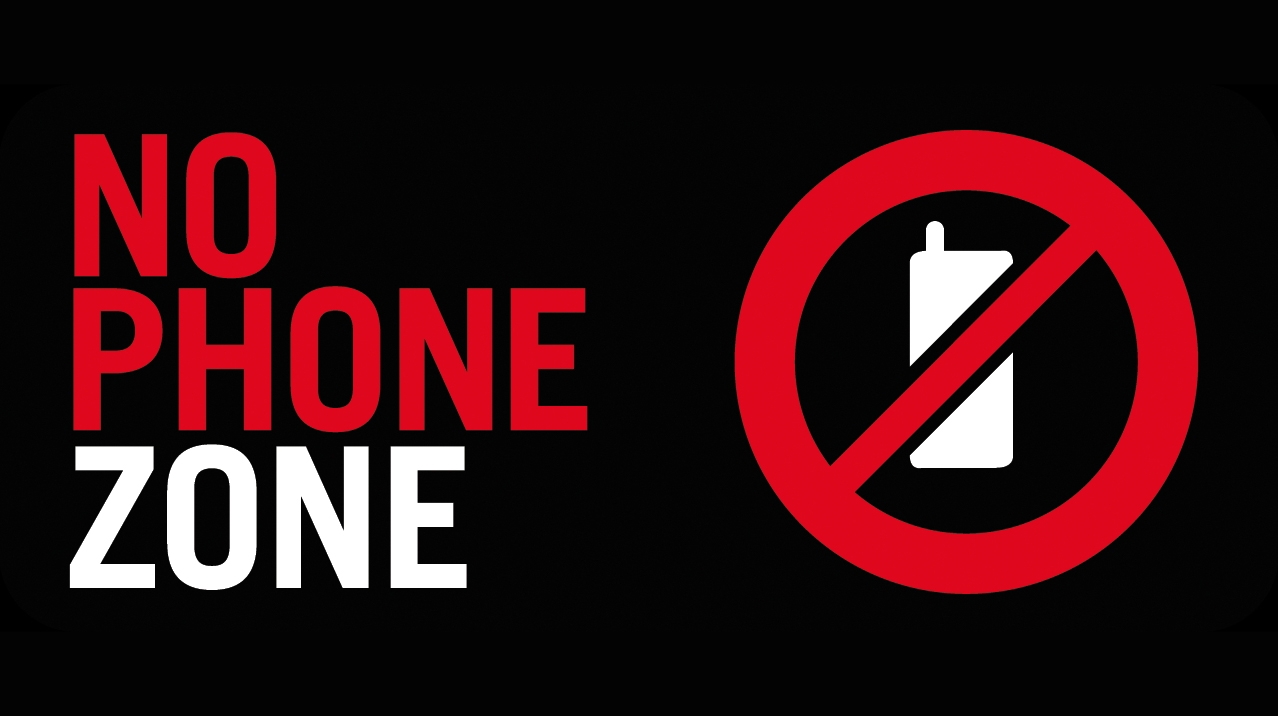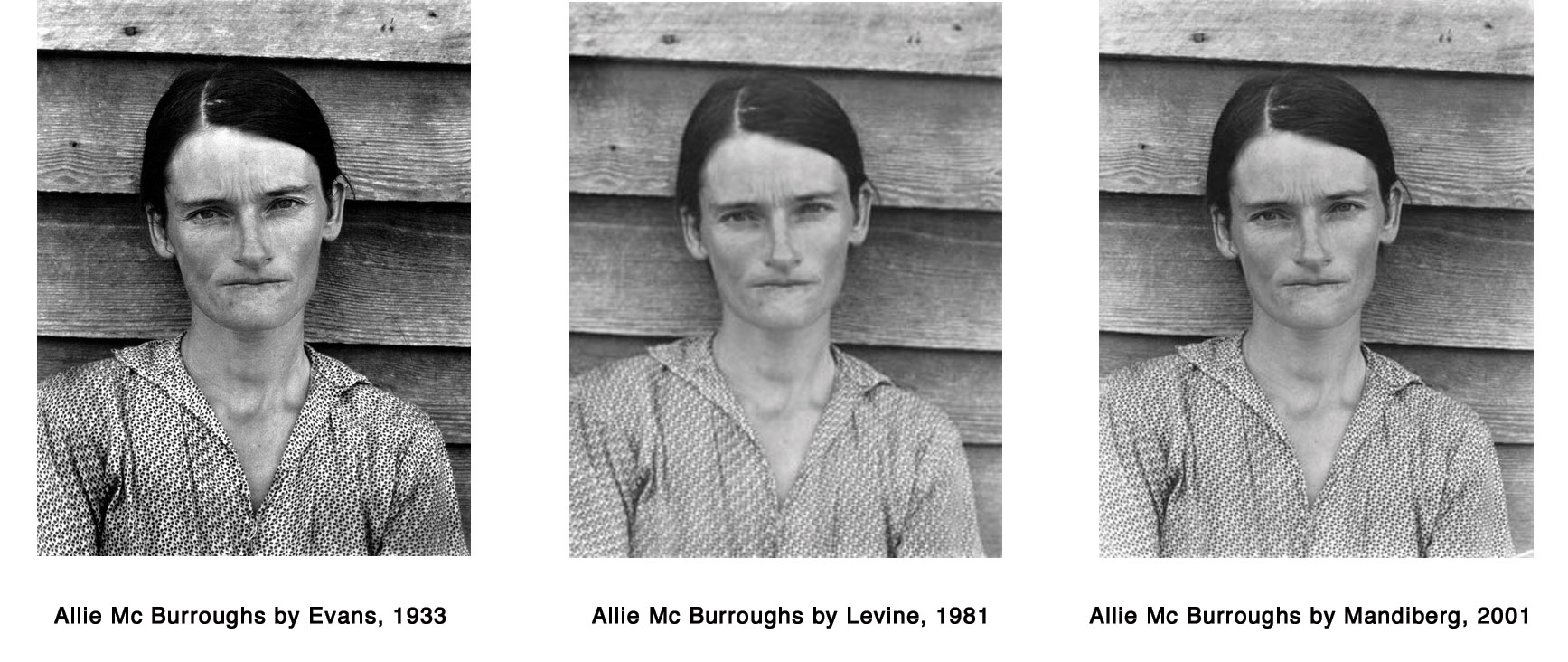Are we really living?
In this setting, we created a commentary towards the take on life, on how fast paced you are, of how much you are constantly moving, constantly working, constantly trying to do more.
Are you really living life to the fullest? When was the last time you stopped and look at the sky? The last time you took a big breath not because of the large amount of work, but of the smell morning brings?
Equipment: 3 projectors, sound amplifier.
- You see Fast paced people walking (orchard road, CBD area, north spine)
- The sound is jarringly loud, the clutter of life feels as though they are trying to grab you into their scene.
- A black screen hits you without warning and the sound stops.
- Your ears are trying to get used to it.
- A series of peaceful and relaxing video appear, sunrise, slow paced people walking, etc.
What would you regret most if you died now?
What does happiness mean to you? A high rank in your career, money to spend without a care in the world or a beautiful house?
Close your eyes and imagine that you’re at your own funeral—a bit morbid I know, but there’s a reason for it. Now think about what you’d like people to say about you. What kind of a life do you want to lead? People die with all kinds of regrets. Don’t be one of them.
In a website we found which asked people what they regret the most, these are 20 that was listed here.
- I wish I’d cared less about what other people think.
- I wish I had accomplished more.
- I wish I had told __ how I truly felt.
- I wish I had stood up for myself more.
- I wish I had followed my passion in life.
- I wish our last conversation hadn’t been an argument.
- I wish I had let my children grow up to be who they wanted to be.
- I wish I had lived more in the moment.
- I wish I had worked less.
- I wish I had traveled more.
- I wish I had trusted my gut rather than listening to everyone else.
- I wish I’d taken better care of myself.
- I wish I’d taken more risks.
- I wish I’d had more time.
- I wish I hadn’t worried so much.
- I wish I’d appreciated ___ more.
- I wish I’d spent more time with my family.
- I wish I hadn’t taken myself so seriously.
- I wish I’d done more for other people.
- I wish I could have felt happier.
We realise that many of them are of relationships and thought that we could tackle on it more.
Equipments: 2 Projector, Sound amblifier, table, black rose.
The sound would be of people reading out what their regrets are, similarly like listening from the point of view of the dead.
Since the sound is so in your face, we thought that the other elements could be more symbolic, and that is why we added the black rose and even moth on the screen since they are traditionally taught to be “your relative visiting you”.
No phone zone.
We unadmittedly are addicted to the little pieces of metal we have in our hands. Taking that into account, we wanted to make a commentary about that issue.
- Before you enter the room, there would be a box to deposit your phone, there is also a number lock for it just in case you don’t feel safe with it lying around outside.
- You enter and you see people’s faces hanging around the room, and even pasted or projected on the wall.
It is a really in your face style that shouts out to people HEY LOOK AT MY FACE. Have some real human interaction.
Thank you! 😀






